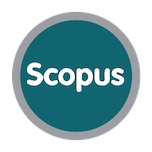Arqueología y desarrollo económico: un ejemplo basado en una comunidad del Perú
Palabras clave:
arqueología comunitaria, desarrollo económico, Perú, gobernanza, recursos de uso comúnResumen
Cada vez más, los arqueólogos están construyendo museos, promoviendo actividades turísticas y suscribiendo proyectos de otros para mejorar las condiciones económicas y la calidad de vida de la gente que vive en las comunidades en las que trabajan. A menudo, perciben la obligación moral, e incluso la necesidad práctica, de identificar formas para que las comunidades locales se beneficien económicamente de los recursos de su herencia. Sin embargo, se ha probado que sostener estos proyectos durante muchos años es difícil. Este artículo explora los desafíos ante los que se encuentran los arqueólogos que consideren emprender un proyecto de desarrollo económico comunitario, enfocándose en un emprendimiento económico comunitario notablemente exitoso, asociado con el lugar en que se encuentra el templo inca de Raqchi, Perú. El enfoque del artículo está en la gobernanza organizacional de grupos.
https://doi.org/10.22380/2539472X23Descargas
Referencias bibliográficas
Amoêda, Rogério, Sérgio Lira, Cristina Pinheiro, Filipe Pinheiro y João Pinheiro, eds. 2008. World Heritage and Sustainable Development Conference. Vols. 1 y 2. Barcelos, Portugal: Green Lines Institute for Sustainable Development.
Asociación Inkallaqta. 2013. Libro de actas y Reglamento de la Asociación Inkallaqta. Raqchi, Perú: Asociación Inkallaqta.
Baland, Jean-Marie y Jean-Philippe Platteau. 1996. Halting Degradation of Natural Resources: Is there a Role for Rural Communities? Oxford: U. N. Food; Agricultural Organization; Clarendon Press.
Berkes, Fikret. 1986. “Local-Level Management and the Commons Problem: A Comparative Study of Turkish Coastal Fisheries”. Marine Policy 10 (3): 215-229.
Binswanger-Mkhize, Hans P., Jacomina P. de Regt y Stephen Spector. 2010. Local and Community Driven Development. Washington: The World Bank.
Comunidad de Raqchi. 2009. Reglamento interno de la Comunidad Campesina de Raqchi 2009-2013. Raqchi, Perú: Comunidad Campesina de Raqchi.
Gould, Peter G. 2014a. “Putting the Past to Work: Archaeology, Community and Economic Development”. Tesis de doctorado, University College London. http://discovery.ucl.ac.uk/1427269.
—. 2014b. “A Tale of Two Villages”. Public Archaeology 13 (1-3): 162-175.
Greffe, Xavier. 2005. “The Instruments of Good Governance”. En Local Governance and the Drivers of Growth, editado por S. Giguère, 39-88. París: OECD Publications.
Halstead, Lynn. 2003. Making Community-Based Tourism Work: An Assessment of Factors Contributing to Successful Community-Owned Tourism Development in Caprivi, Namibia. Windhoek: Directorate of Environmental Affairs; Wildlife Integration for Livelihood Diversification.
Hardin, Garrett. 1968. “The Tragedy of the Commons”. Science 162 (3859): 1243-1248.
Hullica, P. L. 2012. Turismo vivencial. Recuperando la tecnología andina en producción de artesanía en cerámica en P. A. Raqchi. Raqchi: Instituto Nacional de Cultura.
Jordan, Leslie-Ann y David Duval. 2009. “Heritage Management and Tourism in the Caribbean”. En Cultural Heritage and Tourism in the Developing World: A Regional Perspective, editado por Dallen J. Timothy y Gyan P. Nyaupane, 186-208. Londres; Nueva York: Routledge.
Keohane, Robert O. y Elinor Ostrom. 1995. Local Commons and Global Interdependence. Londres; Thousand Oaks; Delhi: Sage Publications.
Leventhal, Richard M., Carlos Chan Espinosa, Eladio Moo Pat y Demetrio Poot Cahun. 2014. “Community and Heritage: A Community Heritage Project in Tihosuco, Quintana Roo, Mexico”. Public Archaeology 13 (1-3): 211-223.
Long, Colin. 2008. “Heritage as Pro-Poor Tourism: The Case of Vieng Xay, Laos”. En Amoêda et al. 2008, 227-236.
Mitchell, Ronald B. 1995. “Heterogeneities at Two Levels: States, Non-State Actors and Intentional Oil Pollution”. En Keohane y Ostrom 1995, 223-251.
Murphy, Peter E. 1985. Tourism: A Community Approach. Nueva York: Methuen.
Murphy, Carol y Lynn Halstead. 2003. The Person with the Idea for the Campsite Is a Hero. Institutional Arrangements and Livelihood Change Regarding Community-Owned Tourism Enterprises in Namibia. DEA Research Discussion Papers 61. Windhoek, Namibia: Directorate of Environmental Affairs.
Newsham, Andrew. 2004. Who’s Involved in What? Participation in Natural Resource Management Institutions and “Community Based Tourism Enterprises” in Two Conservancies in Northwest Namibia. Windhoek, Namibia: University of Namibia Multidisciplinary Research; Consultancy Centre.
Ngo, Minh Hung, Yunn Chii Wong y Chye Kiang Heng. 2008. “Examining Conservation Possibilities on Urban Heritage Environment-Its User Relation in Hanoi, Vietnam”. En Amoêda et al. 2008, 259-270.
Nicanor, Nepeti. 2001. Practical Strategies for Pro-Poor Tourism: Nacobta and the Namibian Case Study. Londres: Overseas Development Institute; International Institute for Environment and Development; Centre for Responsible Tourism.
Olson, Mancur. 1965. The Logic of Collective Action: Public Goods and the Theory of Groups. Harvard Economic Studies. Cambridge; Londres: Harvard University Press.
Ostrom, Elinor. 1990. Governing the Commons. Cambridge, Reino Unido; Nueva York: Cambridge University Press.
—. 1995. “Constituting Social Capital and Collective Action”. En Keohane y Ostrom 1995, 125-160.
Ostrom, Elinor, Roy Gardner y James Walker. 1994. Rules, Games and Common Pool Resources. Ann Arbor: University of Michigan Press.
Oye, Kenneth y James H. Maxwell. 1995. “Self-Interest and Environmental Management”. En Keohane y Ostrom 1995, 191-221.
Poteete, Amy R., Marco A. Janssen y Elinor Ostrom. 2010. Working Together: Collective Action, the Commons and Multiple Methods in Practice. Princeton: Princeton University Press.
Reeves, Keir. 2008. “Place, Community and Heritage Tourism in Luang Prabang: Conserving and Interpreting the Intangible Heritage and Built Environment of an Historical Cultural Landscape”. En Amoêda et al. 2008, 311-318.
Servicio de Impuestos Internos. 2013. “Régimen tributario al cual están afectos”. Cosultado el 22 de marzo de 2013. http://www.sii.cl/contribuyentes/empresas_por_tamano/microemp_regimen_tributario.htm.
Sillar, Bill. 2013. “The Building and Rebuilding of Walls: Aspirations, Commitments and Tensions within an Andean Community and the Archaeological Monument they Inhabit”. Journal of Material Culture 18 (1): 27-51.
Smith, Laurajane y Emma Waterton. 2009. Heritage, Community and Archaeology. Duckworth Debates in Archaeology. Londres: Duckworth.
Trumble, William R. y Angus Stevenson, eds. 2002. Shorter Oxford English Dictionary. Oxford: Oxford University Press.



















